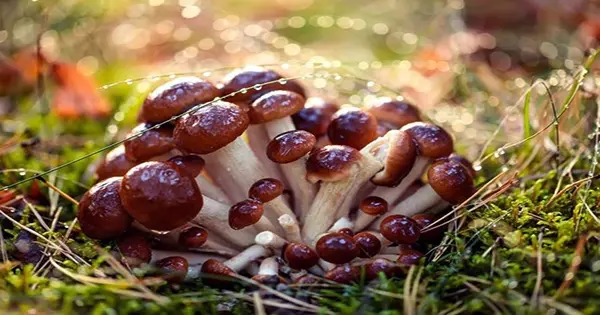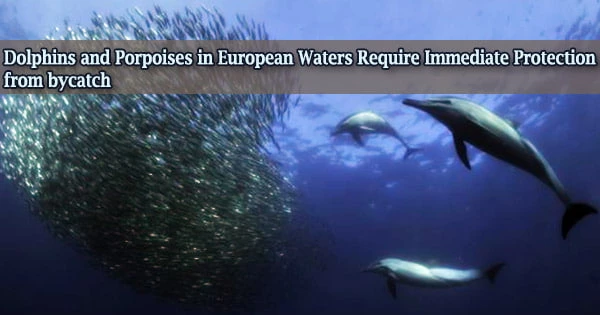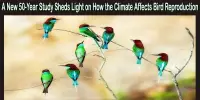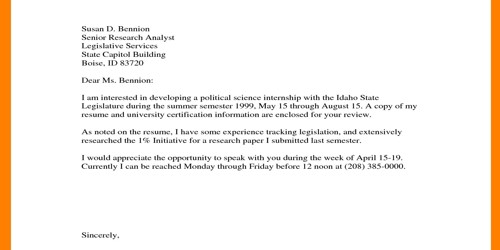The largest living organism in the world, a gigantic aspen stand in Utah, looks to be fragmenting as a result of overgrazing. The gigantic organism, known as Pando, is primarily eaten by mule deer and cattle, and a recent study suggests that human efforts to defend the stand may be aggravating the issue.
Pando, which spans 106 acres and has a dry mass of about 6,000 tonnes (13 million pounds), is frequently mistaken for a vast forest with more than 40,000 distinct trees. In actuality, it’s a collection of genetically similar stems connected by a common root system, making it one organism.
Despite the fact that the actual age of this group of clones is unknown, scientists think that Pando most likely originated towards the conclusion of the last Ice Age. The aspen stand serves as a keystone species that sustain hundreds of other species and forms the backbone of a whole ecosystem.
However, a study done in 2017 found that too many immature aspen shoots were being eaten by cattle and browsing deer, preventing them from maturing. This put the survival of this amazing life form in danger because when older trees fell off, fresh growth was no longer taking their place.
As a result, managers built fences all around Pando in an effort to deter grazing animals. The fences might be having a detrimental effect, according to a recent study that assesses the effectiveness of this method.
Only 16 percent of Pando is properly fenced, claims the latest study. Young aspen suckers can mature and take the place of dead trees in this protected region. However, the fact that almost 50% of the stand is still unfenced indicates that expansion in this region is still sluggish.
The death of mature aspen stems within the unfenced area causes gaps in the overstory, allowing sunlight to penetrate to the forest floor. This in turn changes the make-up of plant communities and restructures the ecosystem as a whole.
Until the fence was strengthened in 2019, almost a third of Pando had insufficient fencing. Although the effects of the previous grazing are still clearly visible, fresh shoots in this area are now starting to mature.
Pando has essentially been divided into three distinct zones, each of which is now developing following a different biological track.
Paul Rogers, the study’s author, summarizes this result by stating that “barriers appear to be having unexpected consequences, potentially dividing Pando into distinct ecological zones rather than promoting a single resilient forest. As evidenced by the fact that there are several woods inside the clone according to protection status, Pando is effectively “splitting up.”
More fencing, according to Rogers, is probably not the answer; instead, management should work to reduce the number of grazing animals, he said in a statement.
Despite the fact that the actual age of this group of clones is unknown, scientists think that Pando most likely originated towards the conclusion of the last Ice Age. The aspen stand serves as a keystone species that sustains hundreds of other species and forms the backbone of a whole ecosystem.
However, study done in 2017 found that too many immature aspen shoots were being eaten by cattle and browsing deer, preventing them from maturing. This put the survival of this amazing life form in danger because when older trees fell off, fresh growth was no longer taking their place.
















